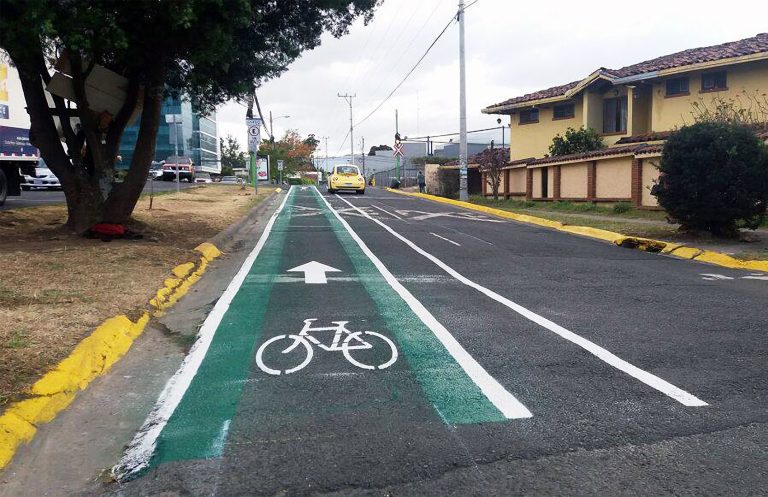THE Central American Economic Integration Bank (BCIE) on Tuesday gave state-owned Banco de Costa Rica (BCR) a $90 million credit line to be used to provide credit to small and medium businesses, municipalities and infrastructure projects of national interest.
This is the largest credit line BCIE has ever awarded to any Central American commercial bank, according to bank representatives.
The $90 million will be used for four purposes – $30 million to provide accessible credit to small and medium businesses, $20 million to provide credit for the purchase of raw materials and capital goods, $10 million to provide credit to modernize and buy new equipment for municipal governments and $30 million to finance infrastructure projects (roads and private energy generation).
“THIS is very good news,” said BCR President Victor Emilio Fernández. “This credit line will bring benefits to the institution and to the beneficiaries of the bank, especially small and medium businesses.”
Juan Rafael Lizano, director of BCIE for Costa Rica, stressed the importance of the loan in fostering the country’s development.
“This signing is very important for the bank and for the country,” Lizano explained. “It’s the largest credit line we have awarded to any Central American bank. It will bring a series of benefits to the country and the institution.”
According to Lizano, funds from the credit line will be loaned to BCR at 7-10% interest with six to 15 years for repayment.
Lizano praised BCIE’s policy of issuing credit lines to commercial banks. By providing credit for businesses, banks play an important role in economic development, he said.
BCR Manager Carlos Fernández stressed the importance of making credit available to local businesses, particularly if the U.S.-Central America Free-Trade Agreement (CAFTA), which Costa Rica finished negotiating last January (TT, Jan. 30), is approved.
“With the free-trade agreement coming up, it’s BCR’s responsibility to make funds available for the country’s small, medium and large businesses at very reasonable rates,” Fernández explained. “It’s unfair for foreign businesses that have access to credit at 3-4% to compete with local firms that receive credit at 7-8% (in dollars).”
Fernández said the loans would have a minimum of $2,500 and be awarded at interest rates between 17.5-21% (in colones), depending on the project’s risk and the debtor’s financial situation. The loans would be offered over five, seven or 10 years with grace periods of 12-18 months.
Those interest rates are competitive when compared to those of average housing loans, which are currently at 19%, he said.
HE claimed it was possible for interest rates to drop even lower, if the current trend of decreasing interest rates continues. Last year, BCR cut its interest rates by an average of 3.5%.
Requesting the credit line is part of BCR’s strategy to expand and grow during 2004. By the end of the year, the bank hopes to increase its assets from $1.7 billion to $2 billion, he said “One of our main objectives is to obtain long-term financing from international institutions,” Fernández explained. “We want to be evaluated by international financial-rating institutions and receive an investment grade so BCR can begin to attract funds on the securities markets of the United States.
“These funds will make is possible for the bank to keep growing and have long-term resources available to help businesses expand and continue contributing to the economy,” he said.


